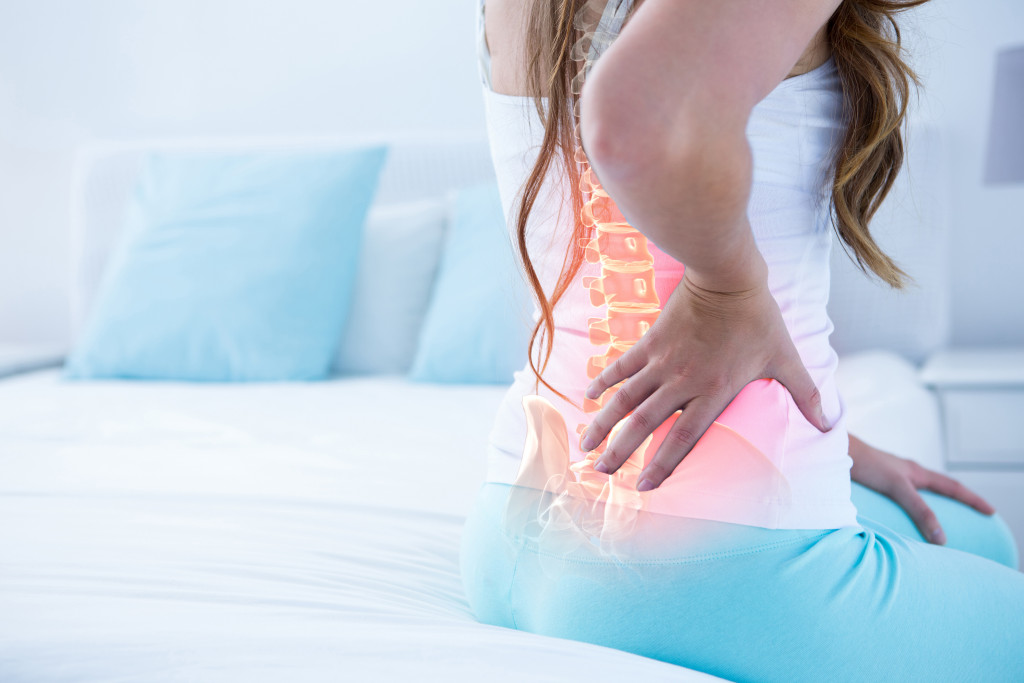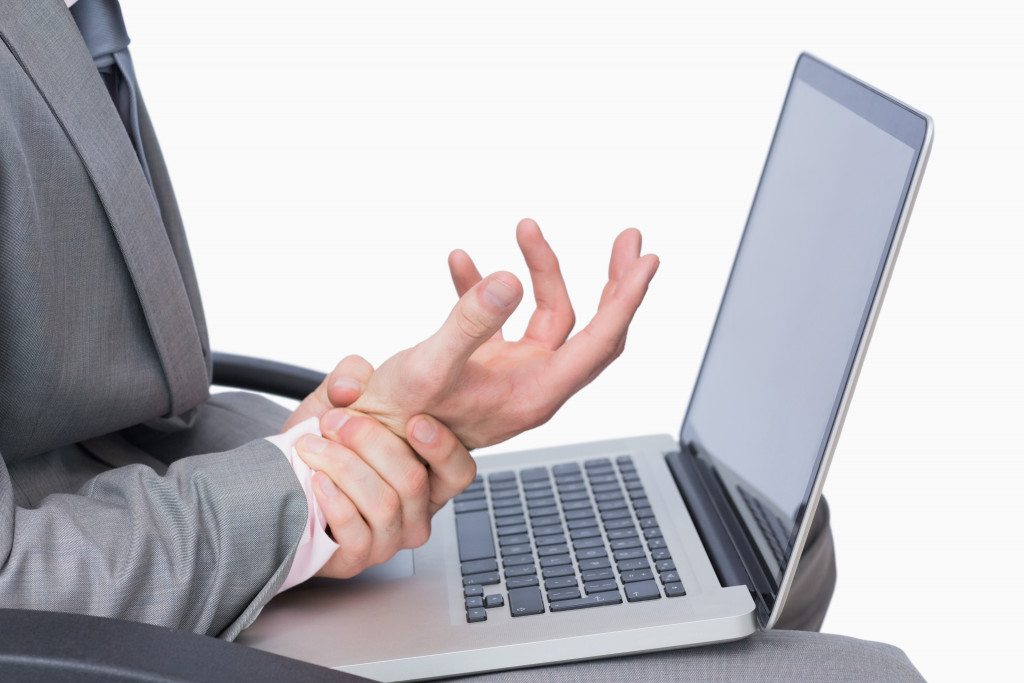Pain has been a constant part of our everyday life. We feel pain when we’re sick or have an underlying illness or when we’re tired at work or school. Even older adults are prone to experiencing frequent pain because of existing health issues.
Whatever type of pain you’re feeling, people have different ways of dealing with it. Some rely on acupuncture, therapy, massage, or even professional chiropractic services.
Understanding pain and its treatment is one of the first steps to pain management. It also involves knowing about misconceptions and myths surrounding pain and relief.
Any feeling of pain is bad
Although pain can be uncomfortable and inconvenient, it is sometimes the body’s necessary function to keep you safe from external threats. Short-term pain is the brain’s way to protect the body and provide feedback on what’s happening. For example, do you notice how you immediately flinch when you feel pain after touching a scorching surface? Without experiencing pain, our bodies won’t detect potential harm that can result in further injury.
Pain is all in the head
Pain can be a complex health issue that involves both the mind and body. In most cases, back pain has no definite cause, but stress can make it even worse. But just because the pain came from a psychological cause, it doesn’t mean it’s not real. Pain is a form of invisible problem that even healthcare professionals can’t see, so don’t ever think it’s just in your head. It also signals that something wrong is in your body, telling you to take action immediately.

No pain, no gain
This phrase is something we often hear from athletes and bodybuilders. They choose to live with the pain to reap the best results of their training and be competitive in their fields. It is also a mantra that is deeply rooted within society to motivate people to get through unpleasant situations.
In the context of rehabilitation, this phrase can be misleading. Muscle soreness after an exercise led by a physical therapist is a beneficial and natural response. But if muscle soreness is accompanied by intense pain, this won’t likely result in rehabilitation gains. Intense pain during an exercise indicates improperly conducted exercise and plenty of repetitions and resistance. In rehab therapy, exercise should be therapeutic in solving a patient’s pain complaints.
Pain killers are the best way to ease pain
When patients experience pain, physicians often prescribe medication, whether the pain is acute or chronic. This led to the misconception that medication is the only way to eliminate pain. As a result, people do self-medication at times when they can’t see a physician and look for immediate fixes.
Although pain medications help reduce a person’s pain perceptions, the effect is often temporary. Many forget or are uninformed that the main cause of their pain is a musculoskeletal issue or an underlying health problem. The best way to address this is to consult a licensed physical therapist who will provide a treatment plan, whether manual therapy or therapeutic exercise.
A study also revealed that exercise, such as aerobic activities, helps in reducing pain perception. To better understand the exact cause of your pain, you have to talk with a specialist and research healthcare articles.
Alternative treatments, such as massage therapy, acupuncture, and other calming techniques, are very effective when combined with physical therapy. These techniques will help you improve your pain management and the overall quality of your life.
Don’t move or exercise if you’re in pain
There are cases when exercise is beneficial, depending on the type of pain you’re feeling. Exercise isn’t only good for health, but it also helps you cope with the stress and anxiety that comes with the pain. But be careful in choosing the type of exercise since it can potentially cause more pain or injuries.
Consult a physical therapist first to know how the best way to exercise safely. They can provide a series of exercises you can do at home.
Also, don’t think that experiencing pain when moving or exercising means you have damaged something. Movement can trigger pain in cases of traumatic injuries, but it’s not always true. Pain is a natural response to actual or potential tissue damage. It can also trigger tissue healing.
These are just one of the many misconceptions about pain, including relief and rehabilitation. There’s still plenty of research to be done to fully understand the cure and cause of pain. In the meantime, it’s best to rely on our healthcare providers to optimize our body’s function and live our lives for the best.

